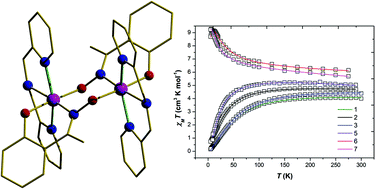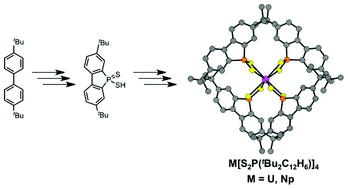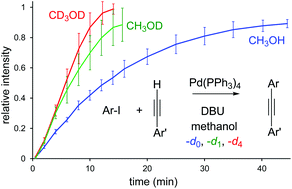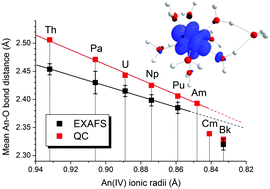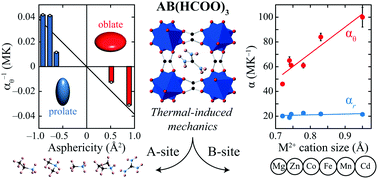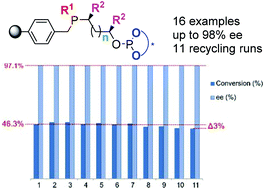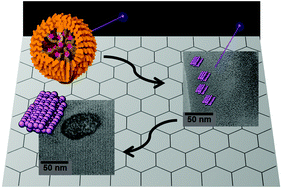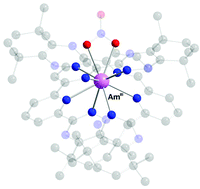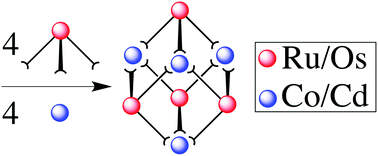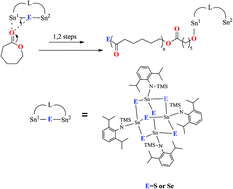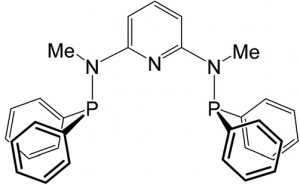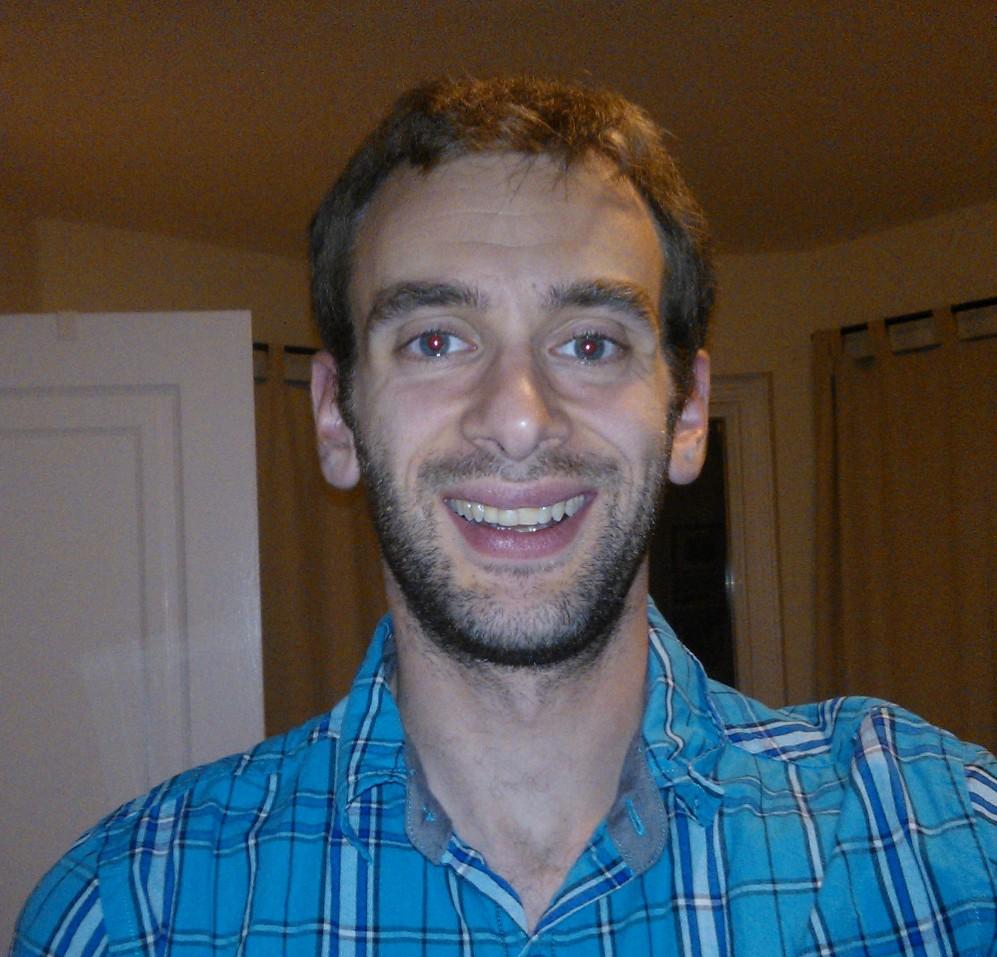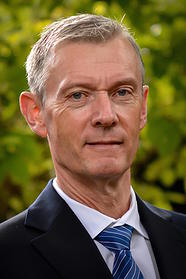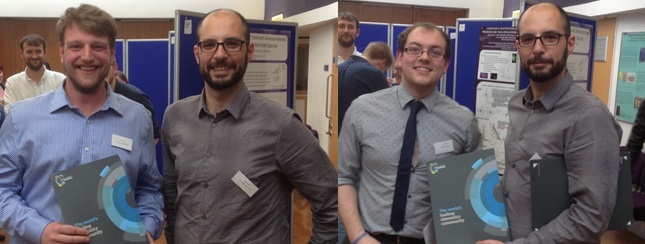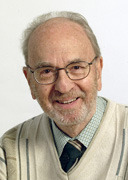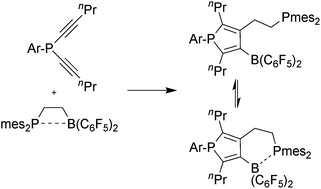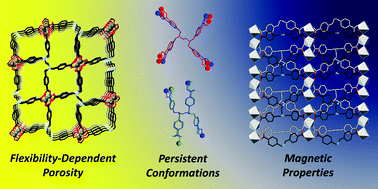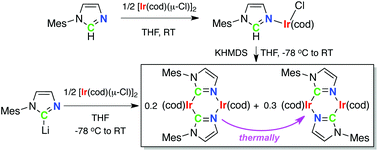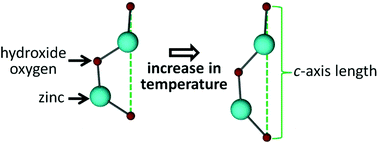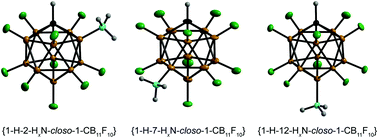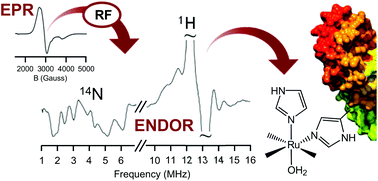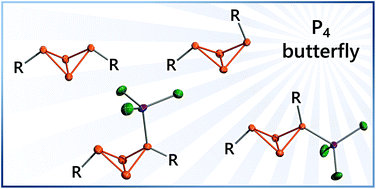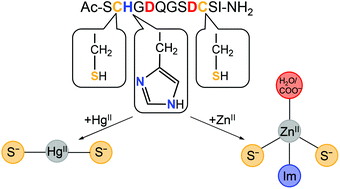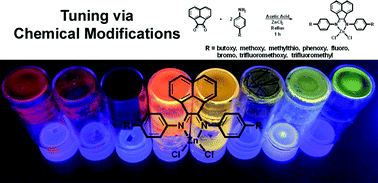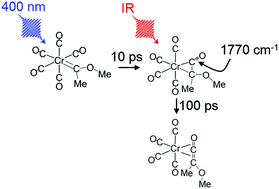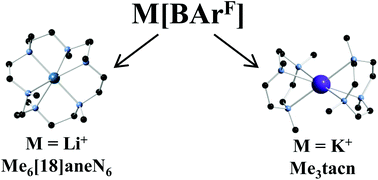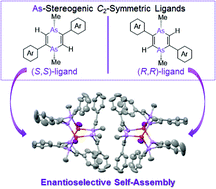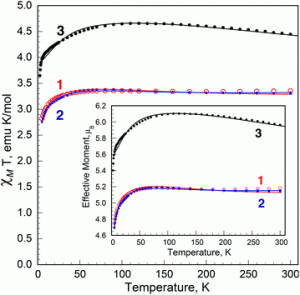December 2015’s HOT articles are here and free to access. These have also been compiled into a collection on our website.
Switching the orientation of Jahn–Teller axes in oxime-based MnIII dimers and its effect upon magnetic exchange: a combined experimental and theoretical study
Priyanka Comar, Thayalan Rajeshkumar, Gary S. Nichol, Mateusz B. Pitak, Simon J. Coles, Gopalan Rajaraman and Euan K. Brechin
Dalton Trans., 2015, 44, 19805-19811
DOI: 10.1039/C5DT03615A
Free to access until 23rd December 2015
Coordination chemistry of 2,2′-biphenylenedithiophosphinate and diphenyldithiophosphinate with U, Np, and Pu
Joseph A. Macor, Jessie L. Brown, Justin N. Cross, Scott R. Daly, Andrew J. Gaunt, Gregory S. Girolami, Michael T. Janicke, Stosh A. Kozimor, Mary P. Neu, Angela C. Olson, Sean D. Reilly and Brian L. Scott
Dalton Trans., 2015, 44, 18923-18936
DOI: 10.1039/C5DT02976G
Free to access until 23rd December 2015
Mechanistic features of the copper-free Sonogashira reaction from ESI-MS
Zohrab Ahmadi, Lars P. E. Yunker, Allen G. Oliver and J. Scott McIndoe
Dalton Trans., 2015, 44, 20367-20375
DOI: 10.1039/C5DT02889B
Free to access until 23rd December 2015
First structural characterization of Pa(IV) in aqueous solution and quantum chemical investigations of the tetravalent actinides up to Bk(IV): the evidence of a curium break
Nidhu lal Banik, Valérie Vallet, Florent Réal, Réda Mohamed Belmecheri, Bernd Schimmelpfennig, Jörg Rothe, Rémi Marsac, Patric Lindqvist-Reis, Clemens Walther, Melissa A. Denecke and Christian M. Marquardt
Dalton Trans., 2016, Advance Article
DOI: 10.1039/C5DT03560K
Free to access until 23rd December 2015
Compositional dependence of anomalous thermal expansion in perovskite-like ABX3 formates
Ines E. Collings, Joshua A. Hill, Andrew B. Cairns, Richard I. Cooper, Amber L. Thompson, Julia E. Parker, Chiu C. Tang and Andrew L. Goodwin
Dalton Trans., 2016, Advance Article
DOI: 10.1039/C5DT03263F
Free to access until 23rd December 2015
Modular solid-phase synthesis, catalytic application and efficient recycling of supported phosphine–phosphite ligand libraries
Frank J. L. Heutz and Paul C. J. Kamer
Dalton Trans., 2016, Advance Article
DOI: 10.1039/C5DT03226A
Free to access until 23rd December 2015
Synthesis and controlled growth of osmium nanoparticles by electron irradiation
Anaïs Pitto-Barry, Luis M. A. Perdigao, Marc Walker, James Lawrence, Giovanni Costantini, Peter J. Sadler and Nicolas P. E. Barry
Dalton Trans., 2015, 44, 20308-20311
DOI: 10.1039/C5DT03205A
Free to access until 23rd December 2015
Palladium(II) complexes featuring a mixed phosphine–pyridine–iminophosphorane pincer ligand: synthesis and reactivity
Thibault Cheisson and Audrey Auffrant
Dalton Trans., 2016, Advance Article
DOI: 10.1039/C5DT02789F
Free to access until 23rd December 2015
Explaining the mechanical mechanisms of zeolitic metal–organic frameworks: revealing auxeticity and anomalous elasticity
Matthew. R. Ryder and Jin-Chong Tan
Dalton Trans., 2016, Advance Article
DOI: 10.1039/C5DT03514G
Free to access until 23rd December 2015
The structures of CyMe4-BTBP complexes of americium(III) and europium(III) in solvents used in solvent extraction, explaining their separation properties
Christian Ekberg, Elin Löfström-Engdahl, Emma Aneheim, Mark R. StJ. Foreman, Andreas Geist, Daniel Lundberg, Melissa Denecke and Ingmar Persson
Dalton Trans., 2015, 44, 18395-18402
DOI: 10.1039/C5DT02859K
Free to access until 23rd December 2015
Stepwise assembly of mixed-metal coordination cages containing both kinetically inert and kinetically labile metal ions: introduction of metal-centred redox and photophysical activity at specific sites
Ashley B. Wragg, Alexander J. Metherell, William Cullen and Michael D. Ward
Dalton Trans., 2015, 44, 17939-17949
DOI: 10.1039/C5DT02957K
Free to access until 23rd December 2015
Tin sulfide and selenide clusters soluble in organic solvents with the core structures of Sn4S6 and Sn4Se6
Mingdong Zhong, Zhi Yang, Yafei Yi, Dongxiang Zhang, Kening Sun, Herbert W. Roesky and Ying Yang
Dalton Trans., 2015, 44, 19800-19804
DOI: 10.1039/C5DT03244J
Free to access until 23rd December 2015


